How to plant and maintain potted Chinese wolfberry?
Curing conditions of potted Chinese wolfberry
Lycium barbarum is a strong positive plant, should be placed in a place with plenty of light. A ventilated environment can reduce the occurrence of diseases and insect pests. If the light is insufficient and not ventilated, the branches will grow excessively, the distance between internodes will be large, and the fruit setting rate will be low. It is also easy to make aphids and other pests propagate rapidly and get powdery mildew and so on. The humidity does not need to be too high, and there is no need to spray water frequently after survival. The place where the temperature is below five degrees below zero should be put indoors for the winter, and put it out of the room after being stung in spring.
Watering fertilizer generally cultivated plants are watered dry and wet, not regularly once a day or anything else. In other words, the soil that dries quickly should be watered frequently, and those that dry slowly should be watered less, but it should be thoroughly watered every time. It is best to use the water in the pond and leave the tap water for a few days without conditions. Fertilization should be based on the principle of frequent application of thin fertilizer, no fertilization is allowed for new piles, and bean cake water can be used every other week after applying base fertilizer to ripe piles. Bean cake water is very affordable and practical, that is, one jin of bean cake or soybeans plus three jin of water can be mixed with water at 1:2 for more than a month. The disadvantage is that it stinks!
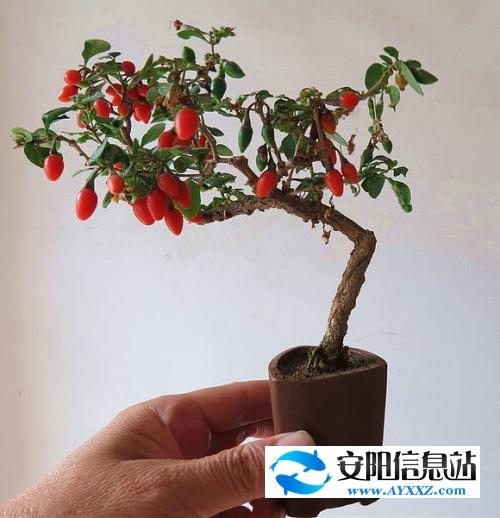
Results Lycium barbarum has the characteristic of fruiting twice a year. Mainly for autumn results, beautiful and uniform, mature before and after National Day. The summer fruit is less and the leaves are not too green, so it is suggested to give up from the comprehensive consideration of nutrition depletion. Autumn buds appear more than one month after summer dormancy, about after the End of Heat, new buds and buds appear at the same time. At this time, do not be too dry and wet, do not spray water, and do not fertilize, otherwise the buds will fall. The fruit drop rate is very high in the natural open air, and no special treatment is needed.
How to plant Chinese wolfberry in pots
① seed propagation. The suitable sowing time of Lycium barbarum is from late April to early May. Before sowing, soak the dried seeds in 20 degrees warm water for 8 hours, then wash the seeds by hand, ready to sow. The sowing rate is 1500 to 2000 grams per 667 square meters. Border surface open 4 cm wide ditch, ditch depth 1 cm, seeds and 10 times fine sand mixed evenly into the ditch, covered with fine wet soil 0.5 cm, after a little firm, and then covered with wet grass, waterproof to preserve moisture. The row spacing is 10 cm × 40 cm. Generally speaking, the storage life of seeds should not exceed 4 years.
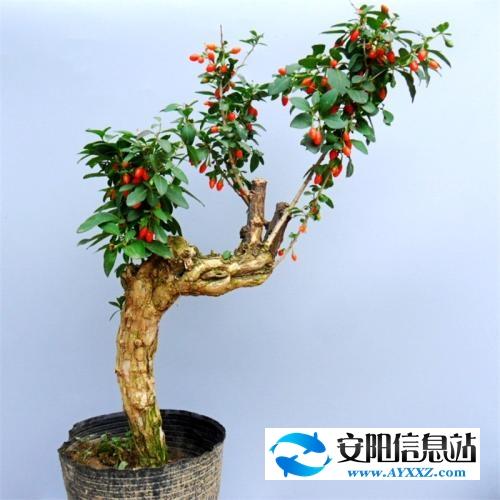
② cuttage propagation. There are hardwood cutting and tender wood cutting. It can be cut in the south from August to September and in the north in early April.
Hardwood cuttage: select sturdy branches, cut 5 cm 20 cm, with 2% 3 seed buds as seedlings to cuttage. These seedlings had better choose the base or middle of the original branch, but the tender and weak part at the top of the branch should not be used. Soak 5cm at the base of the cuttings with 150ml / L naphthalene acetic acid. Soak at room temperature for 24 hours, rinse with clean water and then cuttage. When cutting, the cuttings are inserted vertically into the hotbed (the hotbed temperature is maintained at 28-32 ℃, with river sand as the substrate), the row spacing is 5 cm x 5 cm, the axillary buds are up, and the roots can begin to take root in about 25 days. From late May to early June, the plant was moved into the nursery for management. The row spacing of the plant was 15cm × 20cm, watered after planting, and covered with straw to maintain soil moisture. Adventitious roots and new buds began to occur 10-15 days after cuttage, and 6-7 new roots and 4-6 new shoots could occur in 20-25 days.
Softwood cuttings: from June to July. Set up a plastic shed (or use an existing plastic greenhouse or greenhouse) before cutting, and shade the outside or interior of the plastic shed with a shade net, so that the light transmittance is about 30% of the natural light. In the shed, use fine river sand to make a cutting bed with a width of 150ml 200cm and a height of 25Mel 30cm. The semi-lignified shoots were collected and cut into cuttings of 10 Mel 12 cm long. The leaves at the base of 5 mi 6 cm were removed, and the upper leaves were retained. 1000 mg / L naphthalene acetic acid was quickly dipped in the 6 cm at the lower end of the cuttings and then cut. The row spacing of the cuttings is 5cm ⅹ 10cm, the cuttings are perpendicular to the bed surface, and the cutting depth is 5ml 6cm. Spray water with a small eye pot from 8 to 16:00 every day after cutting to keep the cutting leaves moist, the relative temperature in the greenhouse more than 80%, and the temperature 30 Mel 34 degrees Celsius. The cuttings began to take root 30 days after cutting and were transplanted to the field 40 days later. The rooting rate of tender wood cuttings is about 70%, and the survival rate of transplanting can reach 90%.
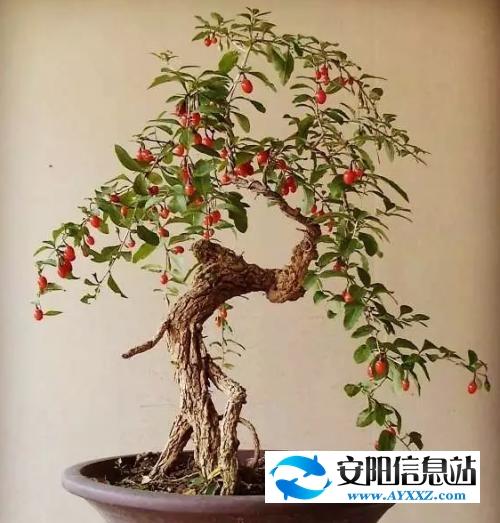
3. Field management:
① seedlings in time, fixed seedlings. In the middle and last ten days of June, when the seedling is 4-6 cm high, the seedling spacing is 5-6 cm for the first time, and the seedling spacing is 12-15 cm in early July.
② topdressing at the right time. The available nitrogen and potassium fertilizer was applied in the middle of June, and the available phosphorus and potassium fertilizer was applied in the middle of August.
③ keeps the soil moist, timely ploughing, weeding and soil cultivation.
4. Pest control:
During the growth period of Chinese wolfberry, attention should be paid to the prevention and control of powdery mildew and root rot, which can be sprayed with 0.3% 0.5 degree stone sulfur mixture or 2% copper sulfate solution once a week for 2 times continuously; aphids, Chinese wolfberry gall mites, Chinese wolfberry leaf beetles, etc., can be sprayed with 1000 times of 40% dimethoate, 2000 times of 50% anti-dichlorfon or 800 times of 90% trichlorfon.
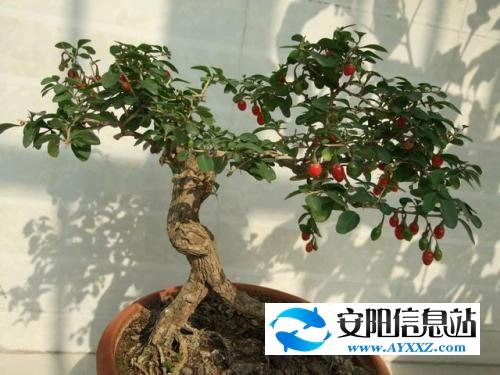
- Prev
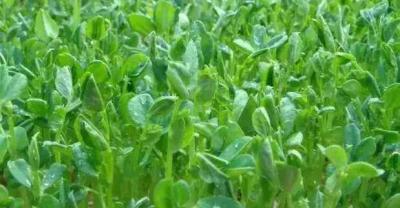
In rural areas, we should pay attention to planting vegetables. This kind of scam is impossible to prevent.
Last night, I didn't sleep at midnight. I was trying to enlighten a student. Fu Jian is my student and a vegetable grower. The young man is twenty or thirty years old, and he is a graduate of Nongda...
- Next
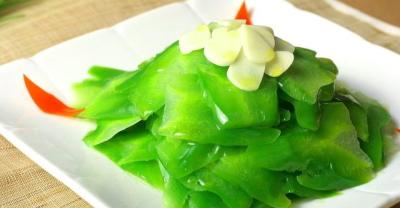
Master planting experience of strawberries! Practical and good literature!
In order to achieve high yield of strawberry planting and increase farmers' income, the experience of high-yield management of some strawberry planting fields in China is summarized as follows for your reference. High birth control.
Related
- Fuxing push coffee new agricultural production and marketing class: lack of small-scale processing plants
- Jujube rice field leisure farm deep ploughing Yilan for five years to create a space for organic food and play
- Nongyu Farm-A trial of organic papaya for brave women with advanced technology
- Four points for attention in the prevention and control of diseases and insect pests of edible fungi
- How to add nutrient solution to Edible Fungi
- Is there any good way to control edible fungus mites?
- Open Inoculation Technology of Edible Fungi
- Is there any clever way to use fertilizer for edible fungus in winter?
- What agents are used to kill the pathogens of edible fungi in the mushroom shed?
- Rapid drying of Edible Fungi

